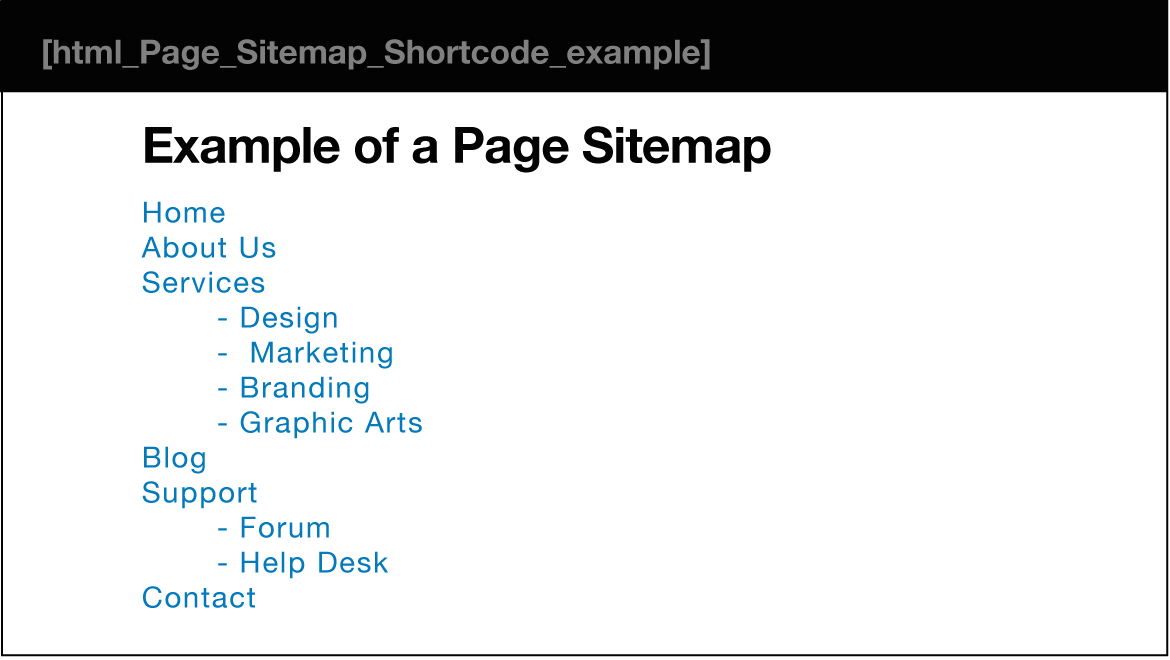HTML
What is HTML?
HTML stands for Hyper Text Markup Language HTML is the standard markup language for Web pages HTML elements are the building blocks of HTML pages HTML elements are represented by <> tags

Example Explained
HTML elements are the building blocks of HTML pages.
- The <!DOCTYPE html> declaration defines this document to be HTML5
- The <html> element is the root element of an HTML page
- The lang attribute defines the language of the document
- The element contains meta information about the document
- The charset attribute defines the character set used in the document
- The
element specifies a title for the document - The <body> element contains the visible page content
- The <h1> element defines a large heading
- The <p> element defines a paragraph
Why learn HTML?
- It is a simple markup language. Its implementation is easy.
- It is used to create a website.
- Helps in developing fundamentals about web programming.
- Boost professional career.
How to approach building a site
- Sitemap

-
Wireframe

-
Getting your message across using design
- The primary aim of any kind of visual design is to communicate.
- Organizing and prioritizing information on a page helps users understand its importance and what order to read it in.
- Visual hierarchy
![]()
HTML, CSS AND JS:
Advantages of JavaScript
-
The merits of using JavaScript are:
-
Less server interaction − You can validate user input before sending the page off to the server. This saves server traffic, which means less load on your server.
-
Immediate feedback to the visitors − They don’t have to wait for a page reload to see if they have forgotten to enter something.
-
Increased interactivity − You can create interfaces that react when the user hovers over them with a mouse or activates them via the keyboard.
-
Richer interfaces − You can use JavaScript to include such items as drag-and-drop components and sliders to give a Rich Interface to your site visitors.
-